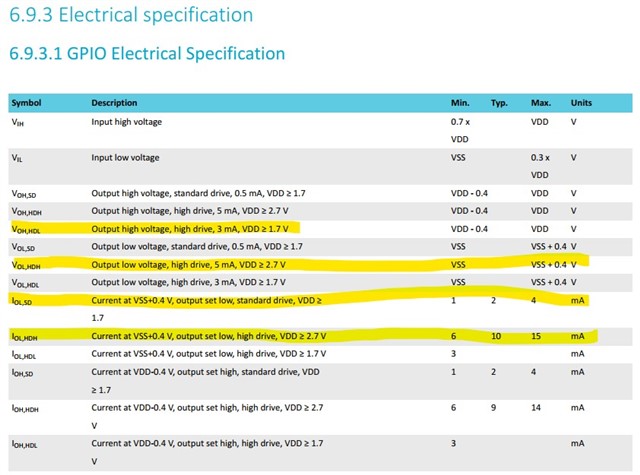Hello,
I am very much at the beginning of a development, I am sure that the nRF range from Nordic contains the right SOC but I am struggling with the large protocal and SOC selection.
The following constraints apply:
- 1 server, 4 clients
- Clients need to read the data of two identical I2C sensors. Both with fixed and identical address -> so I need two I2C busses
- Each client shall transmit a data package of about 40bytes to the server.
- The transmit rate shall be between 1Hz and 0.2Hz
- The server shall be able to send data to all clients in order to e.g. change the transmit rate (or maybe with a mostly sleeping client that client could request an update and stay awake longer every now and then)
- The client will be battery driven of a CR1220 coin cell and thus should sleep as much as possible, transmit quickly after wakeup and feature an low sleep current
- Targetted run-time on this coin cell should be >= 2-3 days
- Distance between server and its clients shall be between 0 and 5m in an open space. No walls in between.
- The transferred data is not critical. So no advanced encription or pairing is required
Since I want to transfer the data between several identical SOCs, I don't care which protocol it is. BLE, Thread, Zigbee, ANT or Gazell. I could adapt to the most appropriate.
So I would be grateful for some opinions on a reasonable protocol at first. From this one can then probably select a SOC in connection with my very low performance requirements (except the two I2C busses).
Many thanks in advance... Marco



